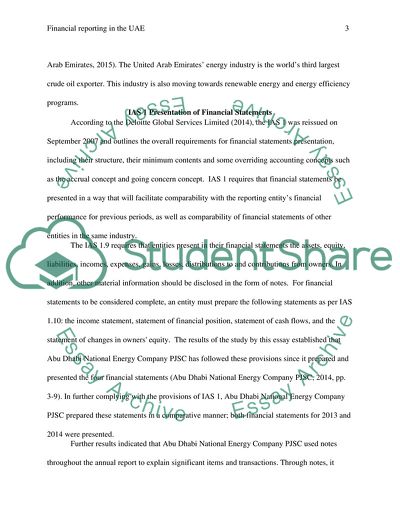Cite this document
(Financial Reporting in the UAE Essay Example | Topics and Well Written Essays - 1500 words, n.d.)
Financial Reporting in the UAE Essay Example | Topics and Well Written Essays - 1500 words. https://studentshare.org/finance-accounting/1872172-financial-reporting-in-the-uae
Financial Reporting in the UAE Essay Example | Topics and Well Written Essays - 1500 words. https://studentshare.org/finance-accounting/1872172-financial-reporting-in-the-uae
(Financial Reporting in the UAE Essay Example | Topics and Well Written Essays - 1500 Words)
Financial Reporting in the UAE Essay Example | Topics and Well Written Essays - 1500 Words. https://studentshare.org/finance-accounting/1872172-financial-reporting-in-the-uae.
Financial Reporting in the UAE Essay Example | Topics and Well Written Essays - 1500 Words. https://studentshare.org/finance-accounting/1872172-financial-reporting-in-the-uae.
“Financial Reporting in the UAE Essay Example | Topics and Well Written Essays - 1500 Words”. https://studentshare.org/finance-accounting/1872172-financial-reporting-in-the-uae.


